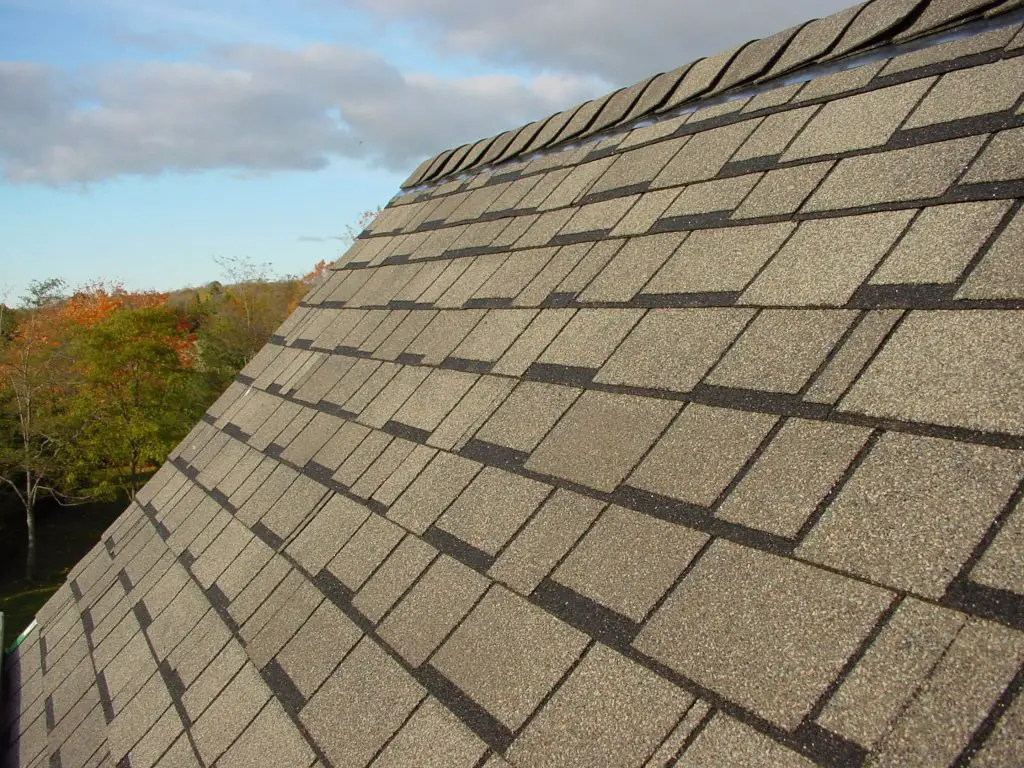
- Reading Time = 3 minutes
Planning a new asphalt shingle roof? The question I answered from a subscriber may help you get a better roof in the end . . .
Question: Two of the three roofing contractors quoting on my reroofing job strongly recommend fibreglass shingles. The third contractor never uses them. From a price stand point, there’s little difference, though warranties look better on the fiberglass. Can you help me make my decision?
Answer: There’s no question that fibreglass is the way to go. When fibreglass shingles first came on the scene more than 30 years ago, there were problems. Although these issues are a thing of the long past, unfounded concerns about fibreglass shingles persist. Based on my research and personal experience, I’ve chosen fiberglass for several of my own building roofs and I’ll be using this type of shingle again. They’re stronger and they last longer, especially on roofs that get hotter than usual in summer. The torn fiberglass shingle you can see above shows the reinforcing strands that make fiberglass shingles stronger and more heat resistant than so-called “organic” shingles.
Both fibreglass and organic shingles look quite similar when you tear open a bundle. There’s certainly no way to tell them apart on a roof. The main difference is the underlying mat used as a substrate for the tar and gravel coatings. Organic shingles are the traditional option and they’re built on a heavy paper-like base. In this case the word “organic” has nothing to do with being pesticide-free or anything like that. “Organic” describes the underlying substrate made of felt, which is made from fibers that were originally grown.

By contrast, fiberglass shingles have non-woven glass fibers at their core. It’s the glass fibers that results in better resistance to heat, both on roofs that might not have sufficient ventilation and in the event of a fire. The roof shown below is one of my own. It’s a completely unventilated roof so it gets incredibly hot in summer. The shingles are now ten years old and look identical to the day I nailed them down. Fiberglass shingles are also surprisingly fire resistant, while most organic shingles burn like crazy once they get going.
As you make a final choice about shingles, don’t forget to ask for references from the roofer and check them out. A shingle could be good, but they need to be applied properly by a company that treats clients right. If more people asked for references and checked them out there would be far fewer home improvement headaches.
 Did you find this article useful? I hope so. Please consider helping me cover the cost of creating and publishing content like this. Click the “buy me a coffee” button below for a fast, safe and simple way to make a contribution. Thank you very much for helping to keep this website up and running.
Did you find this article useful? I hope so. Please consider helping me cover the cost of creating and publishing content like this. Click the “buy me a coffee” button below for a fast, safe and simple way to make a contribution. Thank you very much for helping to keep this website up and running.
– Steve Maxwell


